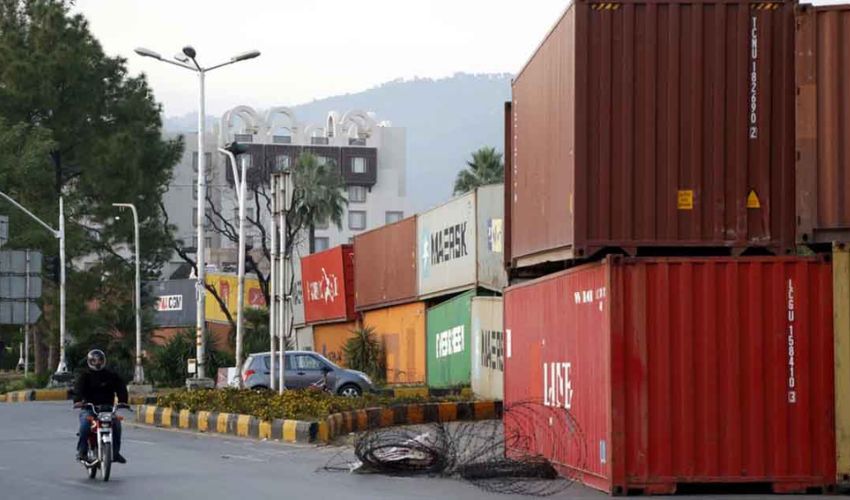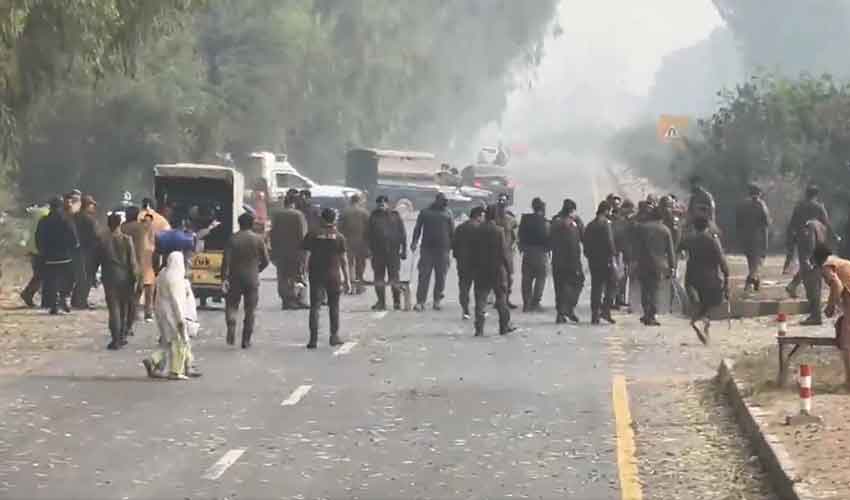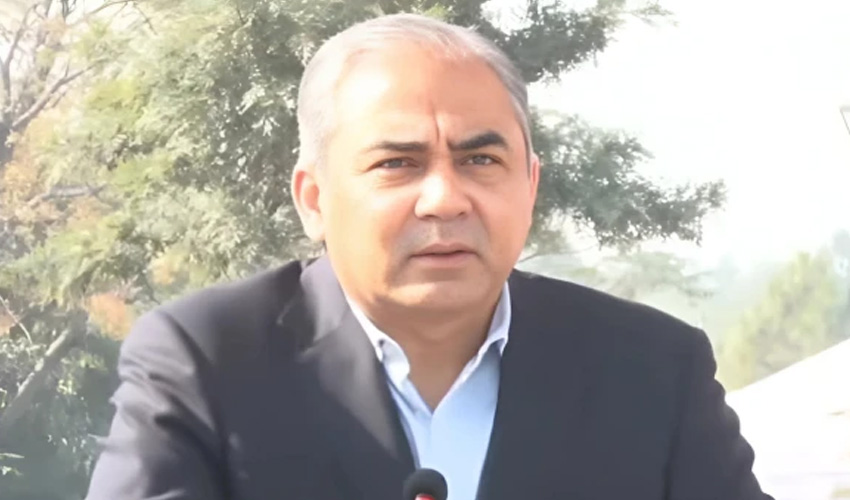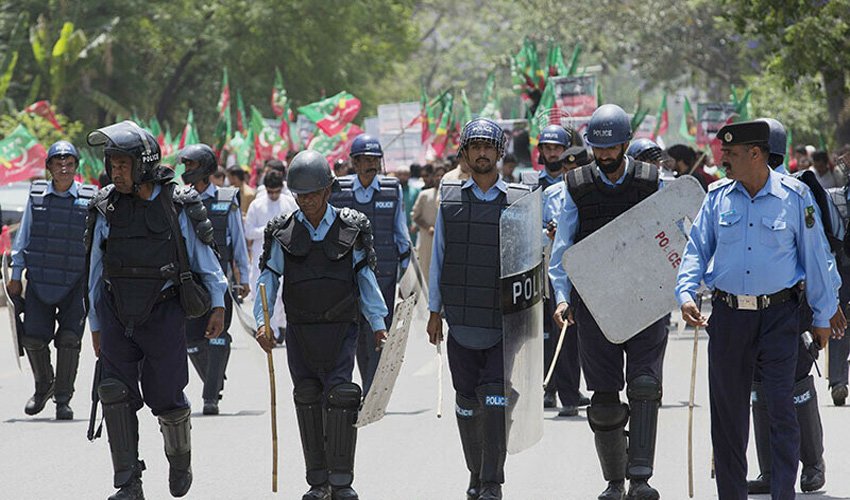The resilient people of Gilgit-Baltistan launched a monumental struggle for freedom from Dogra rule, aiming for accession to Pakistan on November 1, 1947.
Local scouts and brave fighters revolted against the Maharaja's control, successfully ending his regime in the region.
With the fall of Dogra rule, the Pakistani flag was raised for the first time in Gilgit, marking a pivotal moment in the area’s history. Following nearly a year of continued efforts, the people of Baltistan also liberated themselves from Indian control on August 14, 1948.
The victory against Hindu forces in Gilgit-Baltistan is still recognized as a significant battle. The region holds strategic importance due to its unique location, boasting immense tourism, economic, and cultural potential.
With projects like the China-Pakistan Economic Corridor (CPEC) gateway and the Diamer-Bhasha Dam, along with 50 peaks exceeding 7,000 meters and substantial freshwater reserves, Gilgit-Baltistan remains a backbone of the nation’s economy.



























